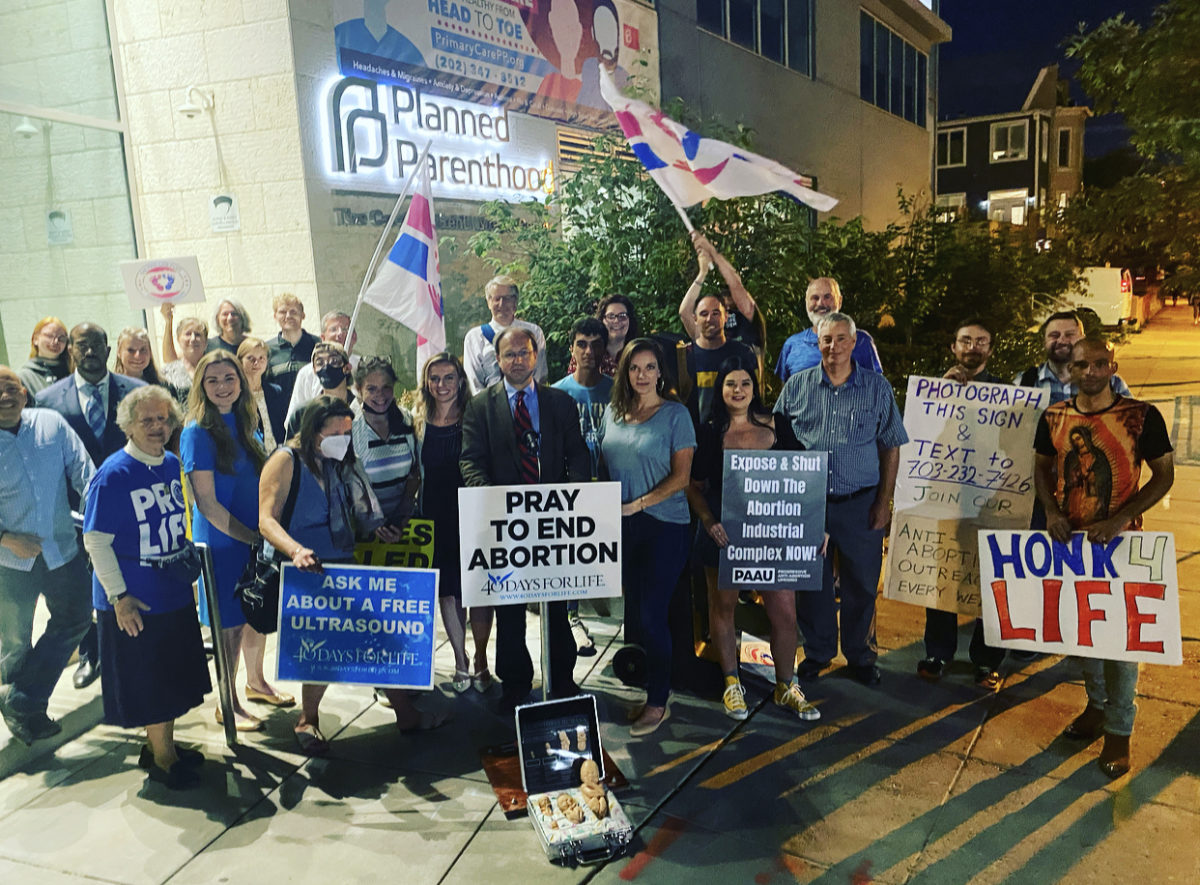

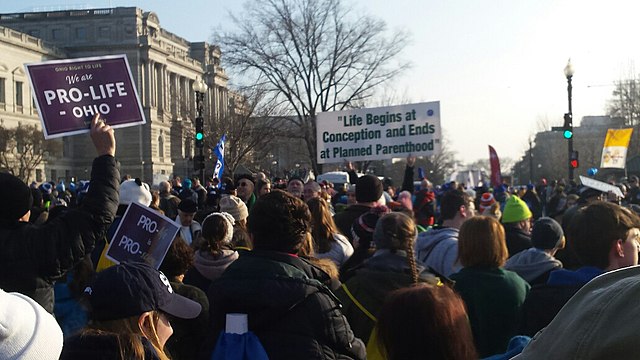
How Assisted Suicide Advocacy Overturned Roe v. Wade
Back in the 1990s, noting the success of abortion rights advocacy in the federal courts, the assisted-suicide movement moved to circumvent the democratic process by convincing the United States Supreme Court to impose an assisted suicide Roe v. Wade: a decision that would establish doctor-prescribed or administered death as a national constitutional right. The assisted suicide advocates succeeded in obtaining two Supreme Court hearings. However, in a delicious irony, not only did their cases fail abysmally, but the precedent the Supreme Court established in one of the cases would years later become the hammer that shattered the constitutional right to abortion. The Attempt to Declare Washington’s Law Banning Assisted Suicide Unconstitutional In 1994, the assisted suicide advocacy group Compassion in Dying (now merged Read More ›
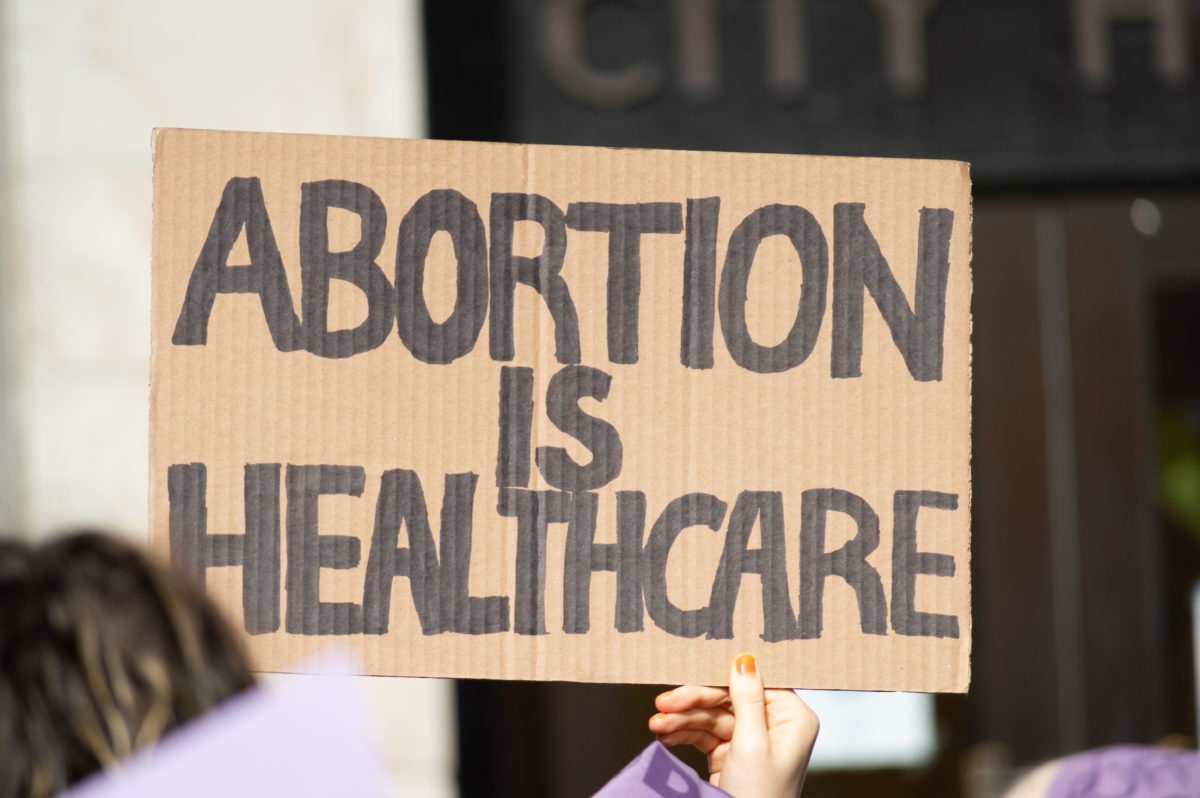
Roe v. Wade Was a Profound Disservice to the Country
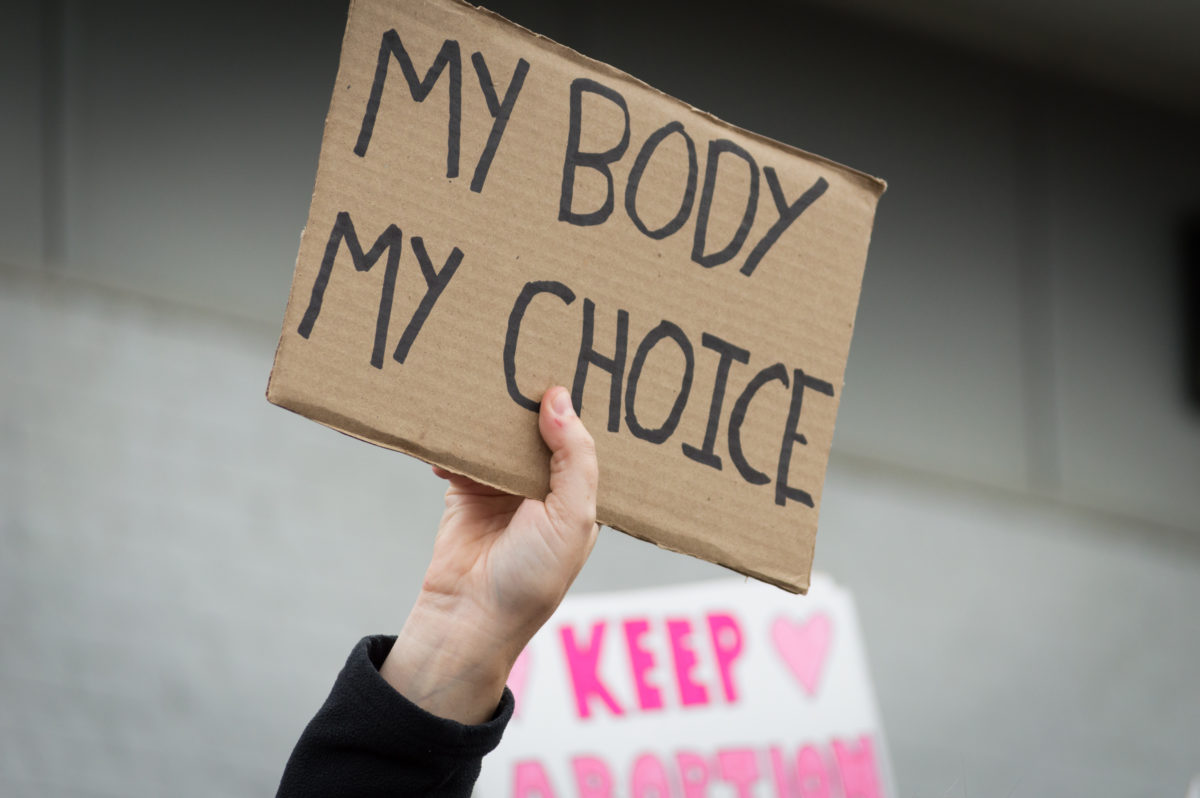
How Assisted Suicide Euthanized Roe v. Wade

Jane’s Revenge Threats against Pro-Lifers Presage a New ‘Bleeding Kansas’
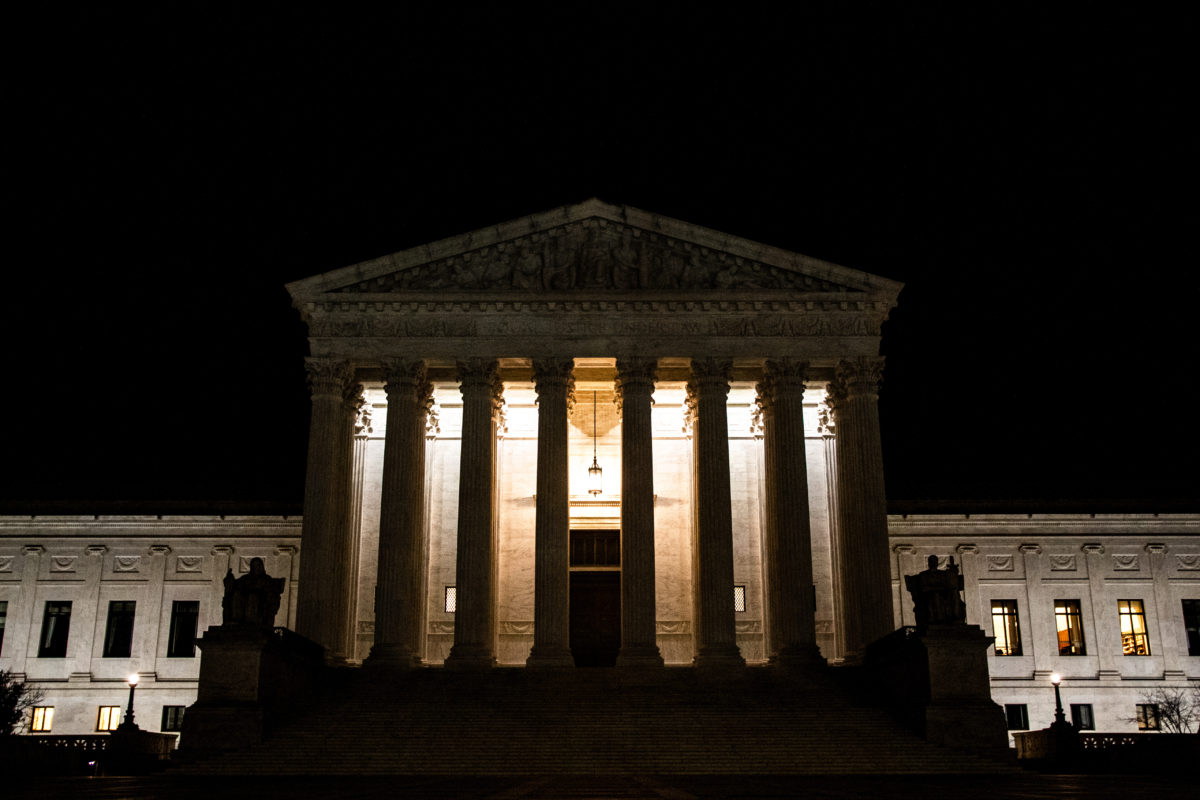
Political Passions Threaten a New ‘Bleeding Kansas’

With Dobbs on Horizon, States Continue to Ramp up Pro-Life Legislation in 2022
